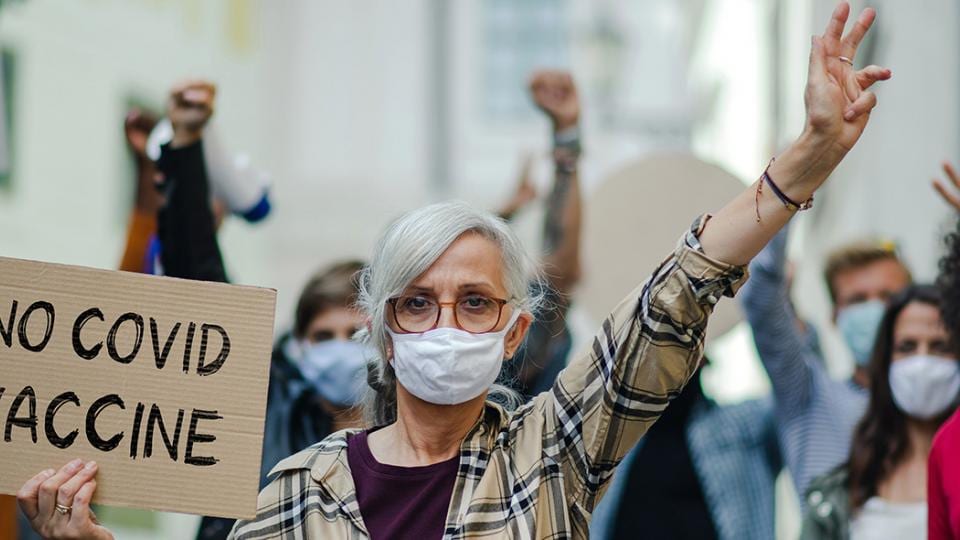Our commitment to safe pesticide solutions

Agriculture production needs to meet the demands of a rapidly growing and increasingly more affluent population. At the same time, farmers face increasing pressures of a changing climate in which yields are not a given but something growers must work harder for every day. Let’s be clear, crop protection against weeds, insects and diseases is crucial to produce enough on less land.
We are committed to developing and stewarding products that both fulfil high safety standards and meet the unique needs of farmers around the world. That’s why we don’t take a “one size fits all” approach to registering and selling our agricultural products. And when it comes to pesticides, we have made great progress against our commitment to only sell products that clear our robust internal safety assessments, meet the safety standards of the respective local market, and will reflect the safety standards of a majority of globally respected regulators.
In the last years, we have listened to and learned from critical stakeholders including the Pesticide Action Network (PAN). It’s a shared objective to apply the highest required safety standards for farm workers, consumers and ensure less adverse effects on biodiversity. We want to work with these stakeholders to accomplish this objective.
“PAN’s study ignores the internationally accepted criteria established by the FAO”
But taking a dogmatic approach to things like pesticide classification doesn’t work. While we are open to and appreciate dialogue with groups like PAN, we strongly refute the methodology behind the Pesticide Action Network’s (PAN) so-called Highly Hazardous Pesticides (HHPs) list. Lists like this seek to lump good, beneficial, and safe pesticides in with those that can clearly be a risk. They also seek to undermine the internationally accepted, and scientifically validated, criteria accepted by the Food and Agriculture Organization of the United Nations (FAO) at a time when we should seek to build trust in our public institutions.
We challenge the study because of PAN’s decision to come up with an underlying methodology that is ignoring the internationally accepted criteria established by the Food and Agriculture Organization of the United Nations (FAO) for determining if a pesticide qualifies as an HHP. Unfortunately, PAN has taken an ideologic view that undermines the declared objective to apply the highest required safety standards for farm workers, consumers and ensure less adverse effects on biodiversity.
Without science-based risk assessments, every hazard is treated equal
For example, in the report, glyphosate is one of the pesticides that is inaccurately identified as a Highly Hazardous Pesticide by PAN. Glyphosate does not meet the criteria established by the FAO. This view is strongly supported by regulators around the world including theU.S. Environmental Protection Agency (EPA), the European Food Safety Authority (EFSA), the European Chemicals Agency (ECHA), and the leading health authorities in Germany, Australia, Korea, Canada, New Zealand, and Japan. Not a single health authority with responsibility for assessing risks and identifying HHPs considers glyphosate to be an HHP.
Bayer remains committed to action. Where our products do fall in the category that meets FAO’s HHP criteria, we conduct assessments to identify any potential risks based on locally registered uses. With the public’s growing interest in transparency of information, we are committed to leading the way in providing better access to safety-related information on our products. That’s why we launched our Transparency Initiative, which makes safety-related Crop Science studies accessible online for anyone to see. If any potential risks are identified, we implement mitigation measures such as developing new formulations, reviewing the labels and increasing training. If we believe it is necessary, we voluntarily withdraw products from the market – which is what we did with methiocarb and carbendazim products.
Society cannot afford to have debate in traditionally antagonistic ways
Bayer constantly reviews the chemistries in our portfolio and follows up on any substantiated information with any of our products. As a result of a rigorous assessment that goes beyond current regulation in many places, we intend to replace older chemistry with new solutions or even recommend competitor products. We are calling for industry-wide self-regulation and transparency to increase the impact of the initiative.
The pressure on food systems is too high and the time window for new solutions far too narrow for society to debate in traditionally antagonistic ways. We are working on protecting crops with lower environmental impact whilst advancing digital farming technologies, biologicals and better seeds. We are willing to learn through partnering with stakeholders – even those who criticize us. Therefore, we welcome a continued dialogue with PAN.





















